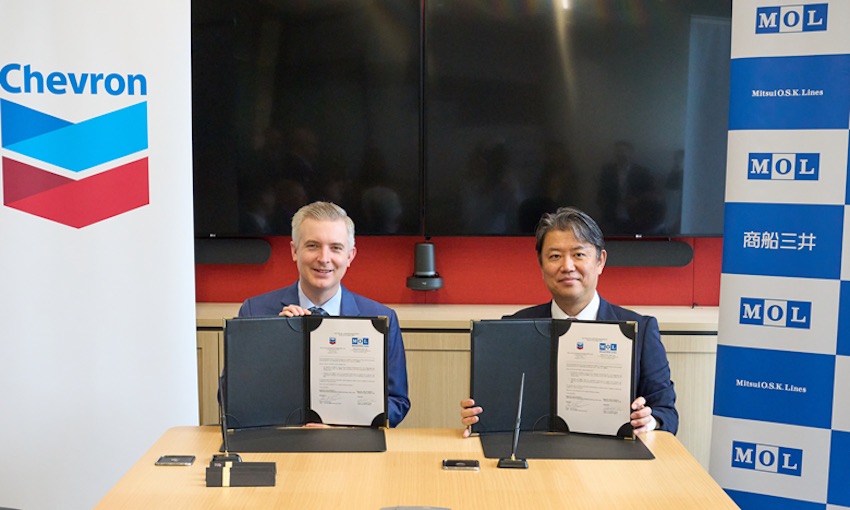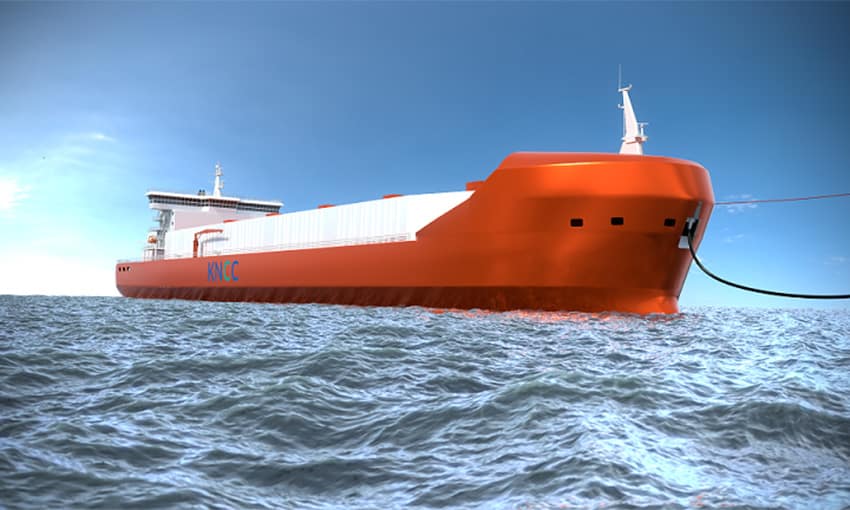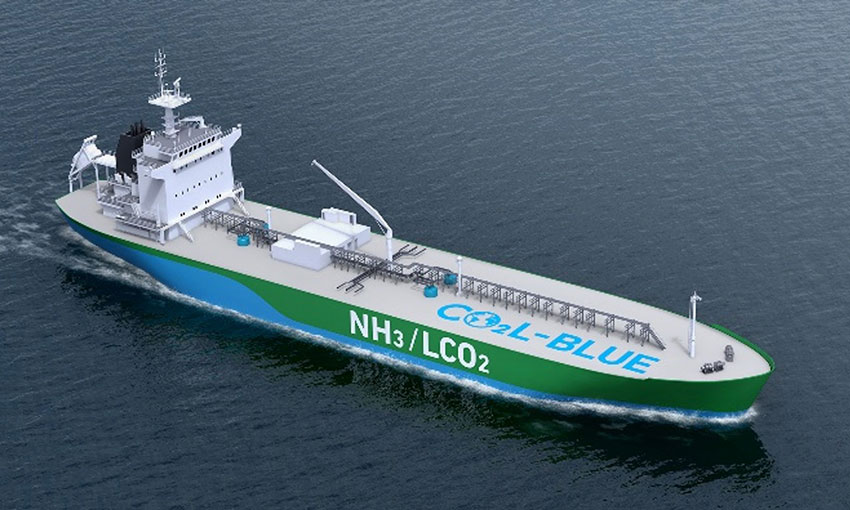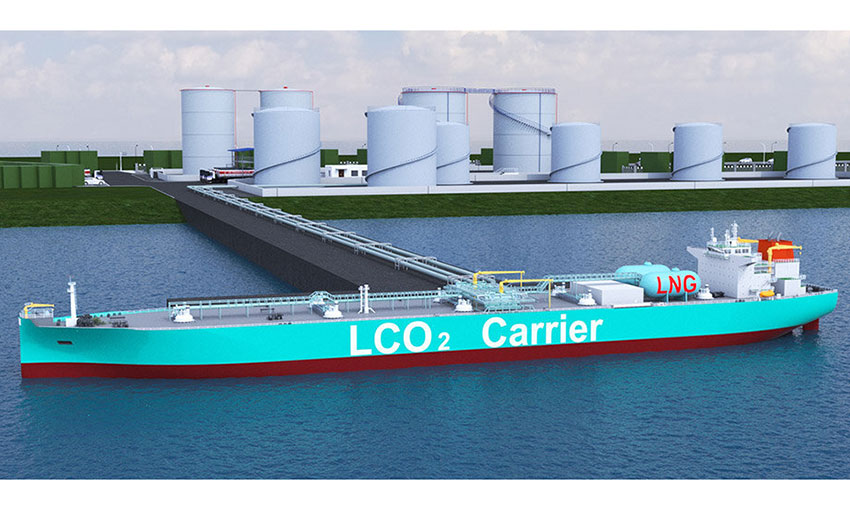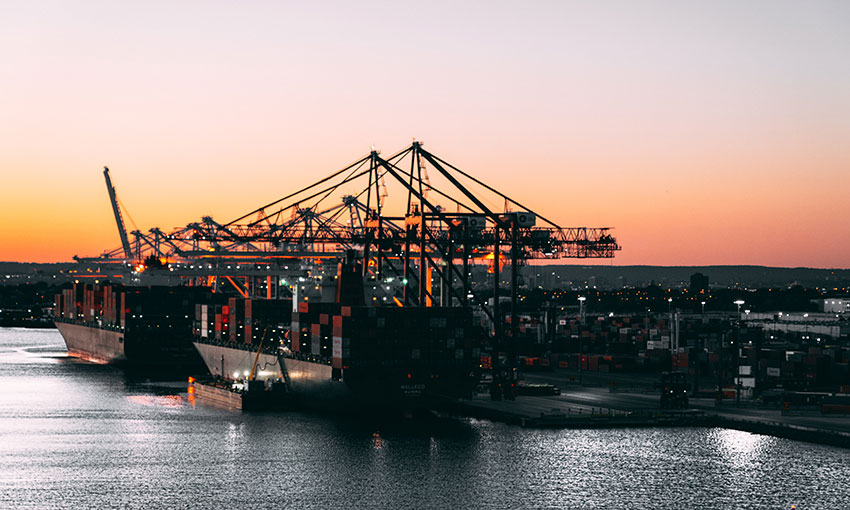ENERGY corporation Chevron and Mitsui O.S.K. Lines have agreed to study the feasibility of shipping liquefied carbon-dioxide to Australia.
Chevron New Energies International signed a joint study agreement with MOL on Thursday (10 November).
Under the agreement, the companies plan to explore the technical and commercial feasibility of transporting the liquefied gas from Singapore to permanent storage locations offshore Australia.
Chevron and MOL said they are considering initially transporting up to 2.5 million tonnes of liquefied CO2 per annum by 2030.
MOL executive officer Yasuchika Noma said the company was “honoured and excited” to work with Chevron to open up CCUS opportunities in the Asia Pacific region.
“We hope to expand our collaboration to wider areas of solutions for decarbonisation including CCUS and renewable energies globally,” he said.
Chevron Shipping Company president Mark Ross said developing safe and reliable CO2 is important to large-scale carbon capture, utilisation and storage (CCUS).
“We are pleased to partner with MOL to explore commercially-ready solutions to focus on realising this goal,” Mr Ross said.
And Chris Powers, vice president, CCUS at Chevron New Energies, said the company expects the agreement with MOL to advance technical and commercial foundations for a regional approach to CCUS.
“No single entity has all the solutions, but genuine collaboration can help us unlock opportunities as we advance our shared goal of a lower carbon future,” Mr Powers said.
Chevron said the study will complement work being taken on by a new consortium comprising Chevron, Air Liquide, Keppel Infrastructure and PetroChina.
The consortium is exploring solutions for large-scale carbon capture, transport and permanent storage of carbon dioxide from Singapore.
Chevron said it was also recently granted an interest in three greenhouse gas assessment permits in offshore Australia.
According to the corporation, its interest covers two permits in the Carnarvon Basin off the north-western coast of Western Australia and one in the Bonaparte Basin, offshore Northern Territory.

